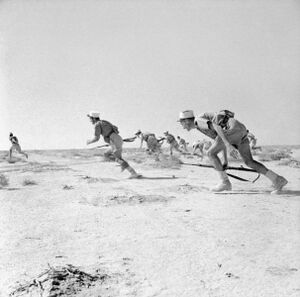Operation Anicetus: Difference between revisions
Jump to navigation
Jump to search
m (1 revision imported) |
No edit summary |
||
| Line 48: | Line 48: | ||
{{flagicon image|Flag of Commonwealth Gallia1.jpg|22px}} [[Blaine Sanderson]]<br/> | {{flagicon image|Flag of Commonwealth Gallia1.jpg|22px}} [[Blaine Sanderson]]<br/> | ||
{{flagicon image|Flag of Commonwealth Gallia1.jpg|22px}} [[Kotamarou Furakawa]]<br/> | {{flagicon image|Flag of Commonwealth Gallia1.jpg|22px}} [[Kotamarou Furakawa]]<br/> | ||
{{flagicon image|Commonwealth of Zanarkand and Besaid 3rd Version.jpg|22px}} [[Leslie Oliver]] <br/> | {{flagicon image|Commonwealth of Zanarkand and Besaid 3rd Version.jpg|22px}} [[Leslie Oliver Morshead]] <br/> | ||
{{flagicon image|Commonwealth of Zanarkand and Besaid 3rd Version.jpg|22px}} [[James Tozawa]]<br/> | {{flagicon image|Commonwealth of Zanarkand and Besaid 3rd Version.jpg|22px}} [[James Tozawa]]<br/> | ||
{{flagicon image|Commonwealth of Basel.jpg|22px}} [[Kurt Frediericks]] <br/> | {{flagicon image|Commonwealth of Basel.jpg|22px}} [[Kurt Frediericks]] <br/> | ||
Revision as of 06:44, 4 May 2019
Operation Anicetus (10 December 1941 – 22 January 1942) was a major battle during the Middle East Campaign, and the last Operation to be undertaken in the Middle East before Aliied Forces cross the border into Afghania. Involving the cities of Baghdada and Seleucia, the two towns served as the last major cities under Imperial control.
The operation was a success for the Allies, which caused the Imperials to effectively end all their domination in the Middle East and retreating into Afghania. The loss of the Middle Eastern Oil Fields was a direct blow to the Imperial War Machine.
